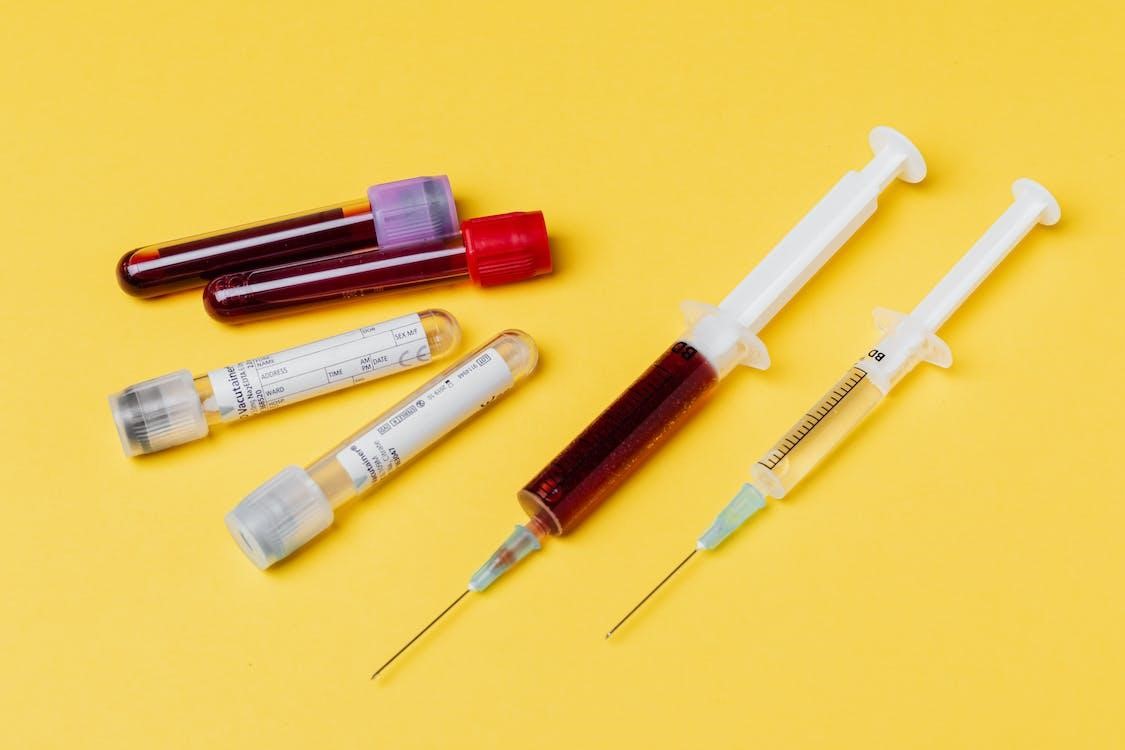How Dangerous is Sharp Waste in Hospitals?
7/11/2023

In the fast-paced environment of hospitals, there is continuous handling of sharp objects, such as needles, syringes, scalpels, and broken glass, which pose a significant hazard. Improper management of these potentially dangerous items can result in severe consequences for healthcare workers and the general public.
Risk of needlestick injuries
One of the primary concerns associated with sharp waste in hospitals is the risk of needlestick injuries. Healthcare workers who handle needles or other sharp instruments are vulnerable to accidental punctures or cuts. These injuries can lead to the transmission of bloodborne pathogens.
Spread of infections
Improper disposal of sharp waste can also contribute to the spread of infections. If contaminated sharp objects are not discarded appropriately, they can come into contact with healthcare workers, patients, and even waste management personnel. This contact increases the risk of infections, especially if the waste contains blood or other bodily fluids.
Environmental Impact
Sharp objects that are not disposed of correctly may find their way into waste streams, posing a danger to waste handlers, waste pickers, and individuals living near disposal sites. Furthermore, incineration or improper landfilling of sharp waste can release hazardous chemicals into the atmosphere, contributing to air pollution and environmental degradation.
Final thoughts
